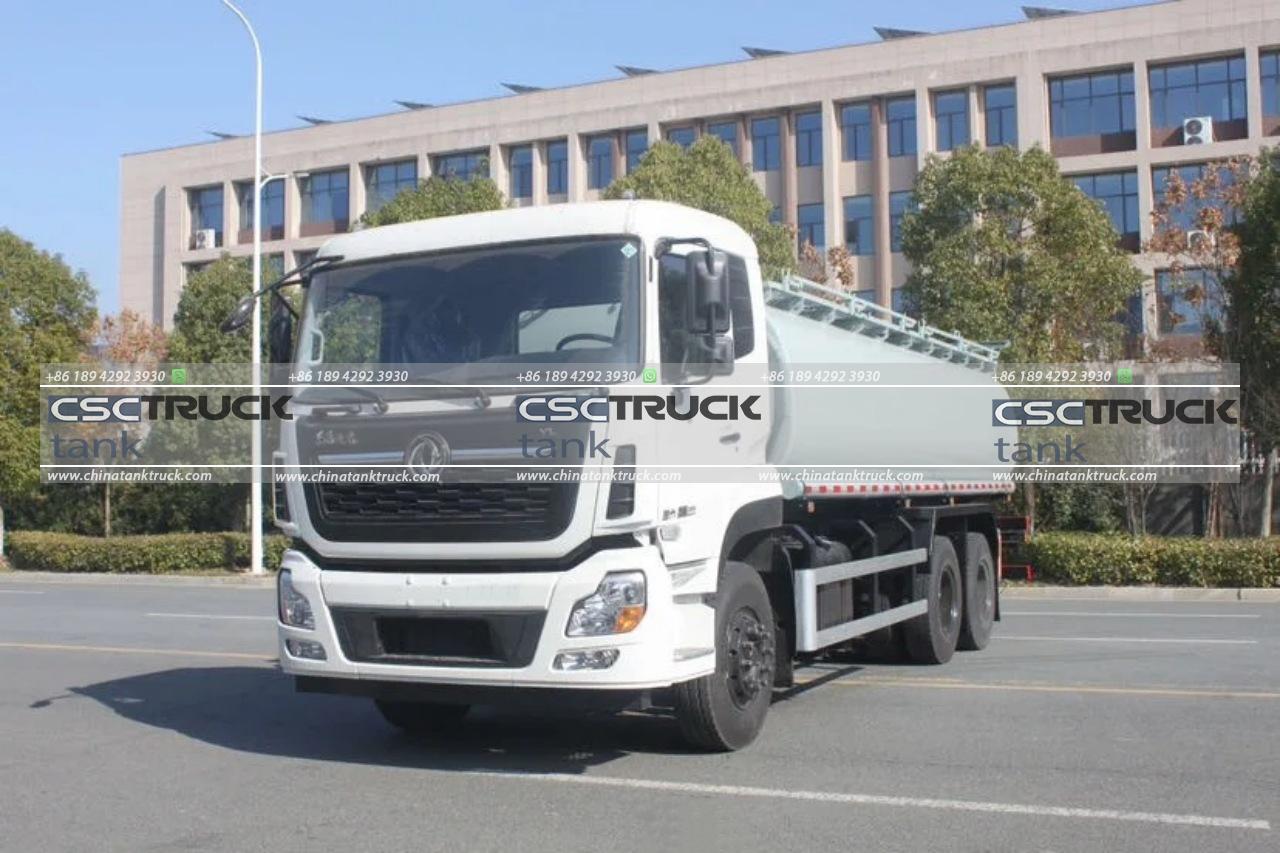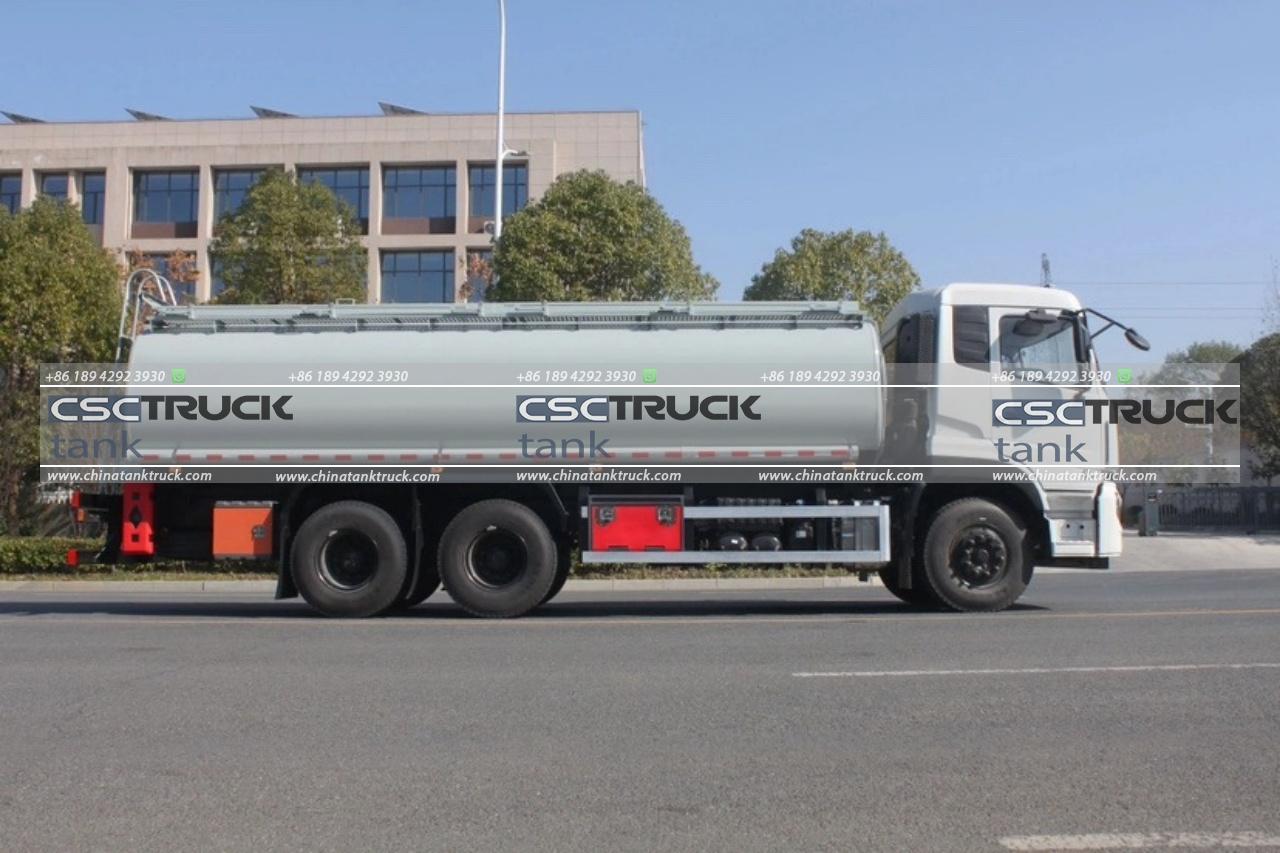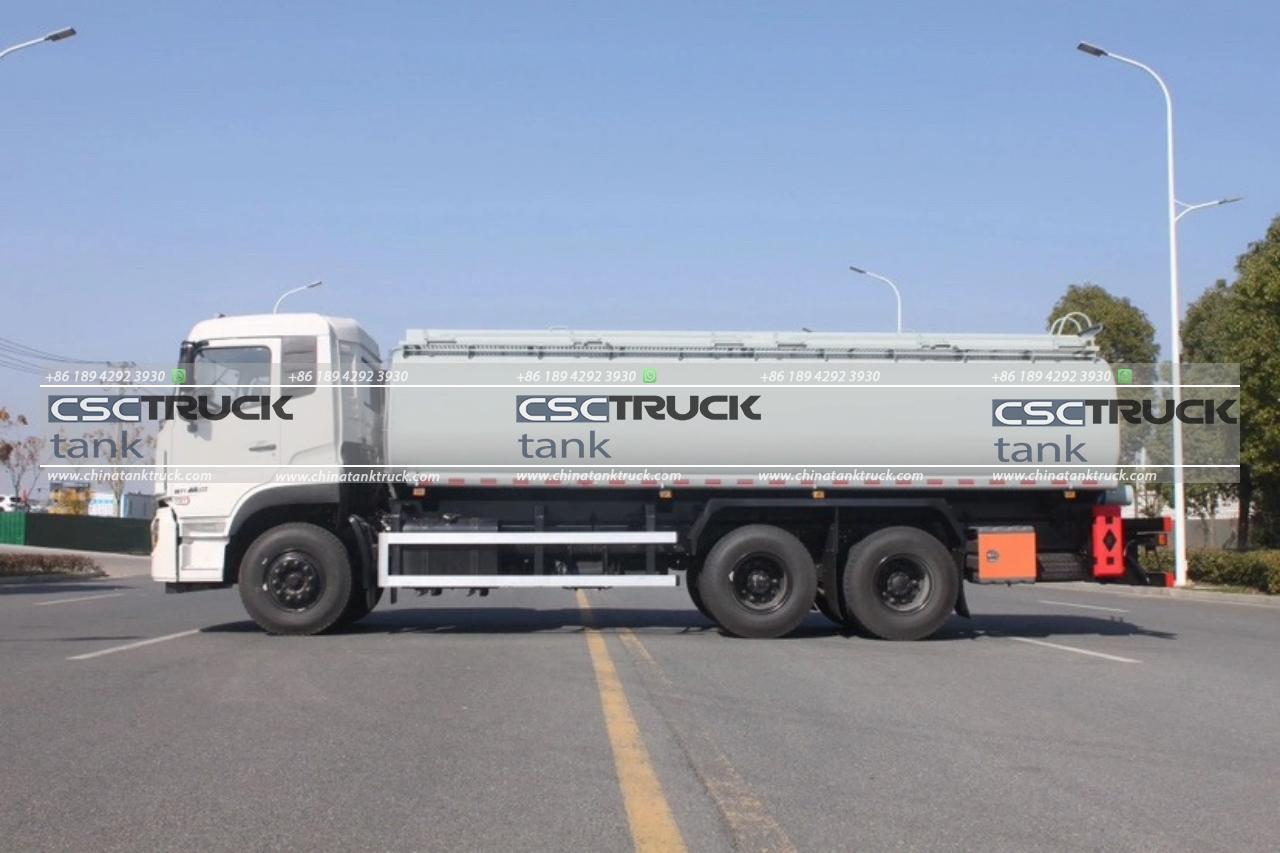What is Called a Tanker?
A tanker, in its most basic definition, is a type of vehicle or vessel specifically designed to carry liquids or gases in bulk. These liquids or gases can range from oil and gas to chemicals, water, and even food products like milk. Tankers play a crucial role in various industries, ensuring the efficient and safe transport of these substances over long distances, whether on land, at sea, or even in the air.
Types of Tankers
Tankers come in various shapes and sizes, each designed to handle specific types of cargo. The most common types include:
1. Oil Tankers: These are perhaps the most well-known type of tanker. Oil tankers are used to transport crude oil from extraction sites to refineries and then to distribution centers. They are typically large ships that can carry millions of barrels of oil across oceans. These tankers are further categorized into VLCCs (Very Large Crude Carriers), ULCCs (Ultra Large Crude Carriers), and smaller variants, depending on their size and capacity.
2. Chemical Tankers: Designed to carry a wide range of chemicals in bulk, these tankers are specially built to ensure that the chemical substances do not react with the materials used in the construction of the tanker. They often have multiple compartments to carry different types of chemicals simultaneously, with each compartment lined with materials that prevent contamination or reaction with the cargo.
3. Liquefied Gas Tankers: These tankers are designed to transport gases in a liquefied state, such as liquefied natural gas (LNG) or liquefied petroleum gas (LPG). Transporting gases requires specialized equipment, as these substances need to be kept under high pressure and low temperature to remain in liquid form. The tanks are typically spherical or cylindrical and heavily insulated.
4. Water Tankers: Used primarily in areas where water is scarce, water tankers transport large quantities of potable water. These tankers are crucial in emergencies, such as during natural disasters, where the regular water supply might be disrupted.
5. Food-Grade Tankers: These are specialized tankers used to transport food products in bulk, such as milk, juices, or even wine. The tanks are made from stainless steel and are designed to maintain the hygiene and quality of the food products during transport.
6. Bitumen Tankers: These tankers transport bitumen, a viscous form of petroleum used primarily in road construction. Bitumen tankers are equipped with heating systems to keep the bitumen in a liquid state, as it solidifies at room temperature.
7. Waste Tankers: Often seen in municipal and industrial settings, these tankers transport liquid waste, sewage, or slurry. They are designed with special pumps and hoses to facilitate the safe and hygienic transfer of waste materials.

The Evolution of Tankers
The concept of tankers has been around for centuries, evolving from simple wooden barrels carried on ships to the massive steel giants we see today. The first oil tankers were developed in the late 19th century, as the oil demand began to grow. These early tankers were simple steam-powered vessels with large tanks built into their hulls.
As the oil industry expanded, so did the size and complexity of tankers. By the mid-20th century, tankers had grown to immense proportions, capable of carrying millions of barrels of oil across oceans. The advent of the supertanker, with its massive carrying capacity, revolutionized the oil industry, allowing for the global distribution of oil on an unprecedented scale.
The design and technology of tankers have continued to evolve, with modern tankers incorporating advanced navigation systems, automated loading and unloading processes, and enhanced safety features to prevent accidents and spills.
Safety and Environmental Concerns
While tankers are crucial for global trade and industry, they also pose significant safety and environmental risks. Oil spills from tanker accidents can have devastating effects on marine ecosystems, leading to long-term damage to wildlife and coastal communities. The infamous Exxon Valdez spill in 1989 is a stark reminder of the potential consequences of tanker accidents.
To mitigate these risks, strict regulations govern the construction, operation, and maintenance of tankers. These regulations include requirements for double-hulled designs, which provide an additional layer of protection against leaks and spills. Tanker crews are also required to undergo rigorous training to ensure they can respond effectively in case of emergencies.
In addition to safety concerns, the environmental impact of tankers is a growing issue. The emissions from tanker engines contribute to air pollution and climate change. Efforts are underway to develop more fuel-efficient and environmentally friendly tankers, with some companies exploring the use of alternative fuels, such as liquefied natural gas (LNG), to power these vessels.

The Role of Tankers in Global Trade
Tankers are an indispensable part of the global supply chain. They enable the transport of essential commodities, such as oil, chemicals, and food products, to markets around the world. The sheer size and capacity of tankers make them one of the most cost-effective methods of transporting bulk liquids and gases over long distances.
The global economy depends heavily on the efficient operation of tankers. For example, the oil industry relies on tankers to transport crude oil from producing regions, such as the Middle East, to refineries in other parts of the world. The availability and price of oil, in turn, affect a wide range of industries, from manufacturing to transportation.
Similarly, the chemical industry depends on tankers to transport raw materials and finished products to markets around the world. The ability to move large quantities of chemicals quickly and efficiently is crucial for maintaining the supply chains of various industries, including pharmaceuticals, agriculture, and manufacturing.
Future Trends in Tanker Technology
The future of tankers is likely to be shaped by technological advancements and environmental considerations. One of the key trends is the development of more environmentally friendly tankers, which produce fewer emissions and are more fuel-efficient. This includes the exploration of alternative fuels, such as LNG and hydrogen, as well as the development of hybrid and fully electric tankers.
Automation and digitalization are also expected to play a significant role in the future of tankers. The use of autonomous tankers, which can navigate and operate without a human crew, is a possibility that is being explored by several companies. This could reduce the risk of human error and improve the efficiency of tanker operations.
In addition, the use of advanced materials, such as lightweight composites and corrosion-resistant alloys, could improve the durability and longevity of tankers, reducing maintenance costs and increasing their operational lifespan.

Conclusion
A tanker is much more than just a vehicle or vessel; it is a vital component of the global economy. From transporting crude oil and chemicals to delivering potable water and food products, tankers play a crucial role in ensuring that essential commodities reach their destinations safely and efficiently. As technology continues to evolve, the design and operation of tankers are likely to change, with a greater emphasis on safety, efficiency, and environmental sustainability. However, the core function of tankers—transporting bulk liquids and gases—will remain as important as ever, driving global trade and industry forward.

